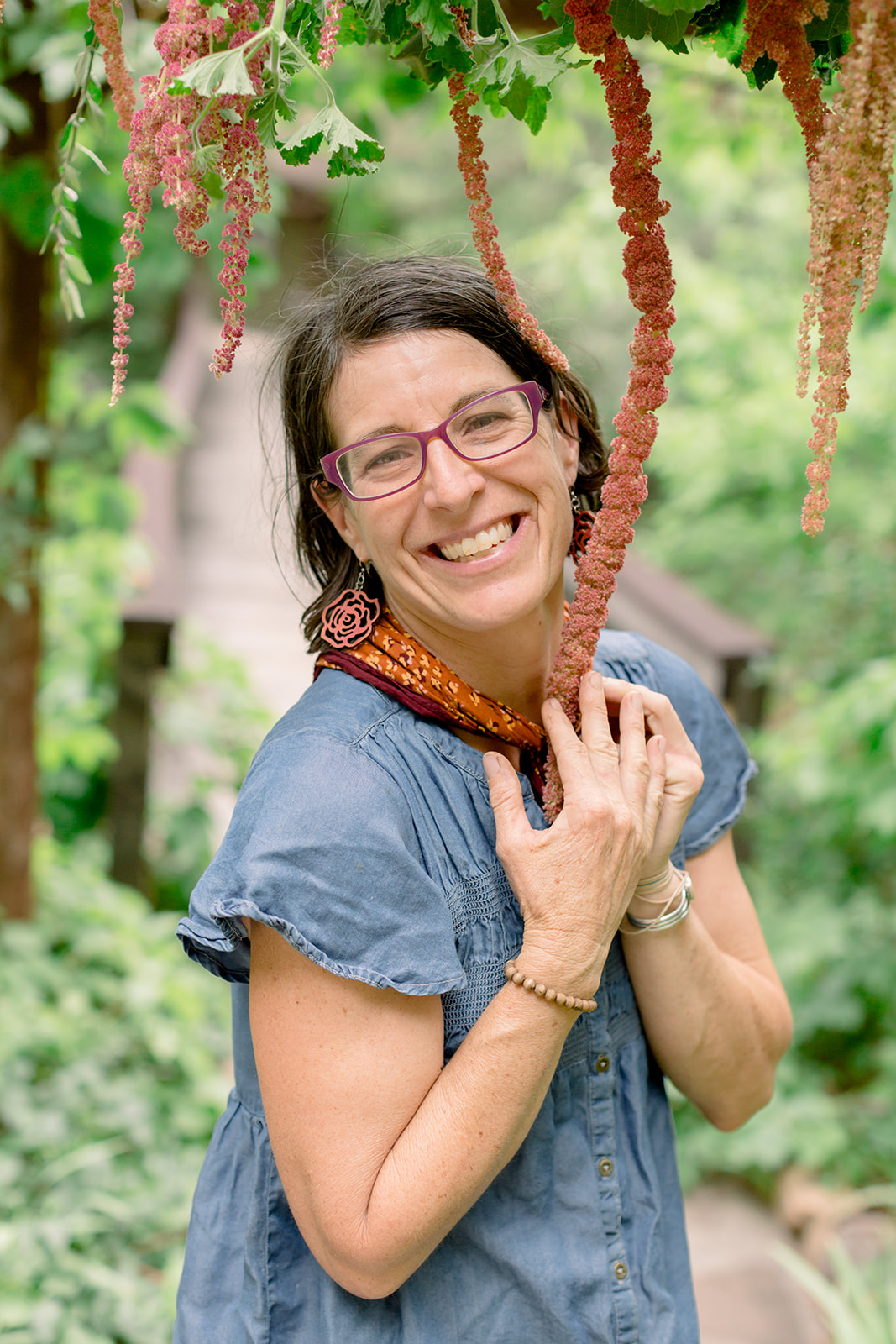“And what of the light this and every August, different from other months, no way to explain the precision of its shadows, the warmth of its brightly lit edges, the need to show what summer has come to before it ends.”
–Wyn Cooper
There have been late summer nights that I spent on the North Rim when the air is crisp and damp with the memory of rain and the hint of autumn. A half moon is wedged between the slender trunk of a pine and my tiny trailer. It hangs there impossibly in the darkest sky you can imagine. I am gathered with friends around the fire. We sing old songs from other times about trains and coal mines and losing love, but we sing them from our hearts like they are new. We all rest in the comfort and sadness of the notes of the guitar and our voices cutting through the clear night air.
I grew up deeply infused by the culture of summer camp. My Vermont summers from earliest memory consisted of lakes, latrines and platform tents with Dutch oven cookery and songs around campfires. As a young Girl Scout, in dark-green knee socks and polyester shorts, my first experience away from home overnight began in misery in a strange forest with people I did not know. I wrote desperate letters to my parents about how much I missed home, but by the week’s end summer camp magic had a hold on me. I swayed under the starry August sky with newfound friends singing teary songs and floating glowing birch boat candles on the lake promising that I would return again next year.
The sky island of the Kaibab Plateau reaches elevations of more than 9,000 feet where summer comes and goes in a blink of an eye and deep pine forests and shimmering aspen groves mingle with sweeping views of the Grand Canyon. It is a haven for many unique plants and animals that live only in this place. Kaibab means “mountain lying down” in Paiute, and it stands in sharp contrast to the arid landscape that encircles it, like a dock extending into an enormous body of water. A seasonal community of scientists, Park Service and Forest Service employees and those who serve the tourist industry gathers there each year from May to October.
We create a temporary family who live immersed in the natural world while racing against the transience of the summer itself. We stay in close quarters in bunkhouses, forest base camps and crummy old travel trailers. Our quality of life is not determined by our homes or possessions but by the proximity to forested rim views and the fellowship of our outdoor lifestyle.
As a kid, summer camp was a place where you tested your limits, each season growing more confident, more independent and more yourself. The Kaibab Plateau was the place I discovered I was capable of swinging a sledgehammer for an entire day, and then later where I stumbled upon botany and spent entire days inventorying the wonder found along a transect tape in the meadows and forests. And today I am privileged to work to preserve the cultural biological diversity of this place by bringing volunteers to build fences and inventory springs.
The drive from Flagstaff to the southern tip of the Kaibab Plateau takes no less than a half a day with pit stops at Marble Canyon for some peach picking at the Lonely Dell orchard and a thick milkshake from Jacob Lake along the way. There is something about the journey itself from mountain to mountain traversing the vast desert that increases the intensity of the experience. It is that summer world you long for that isn’t even a particular place, but embodied by a feeling of freedom, joy and exploration and long stretches of time in front of you seemingly without an end.
When I drive away, back south to Flagstaff, down the winding switchbacks from Jacob Lake into the House Rock Valley, the Kaibab Plateau is in my rear view mirror. A long, indigo blue wash of color and the memories of summer hover there like the gathering monsoon clouds as it fades in the distance.

